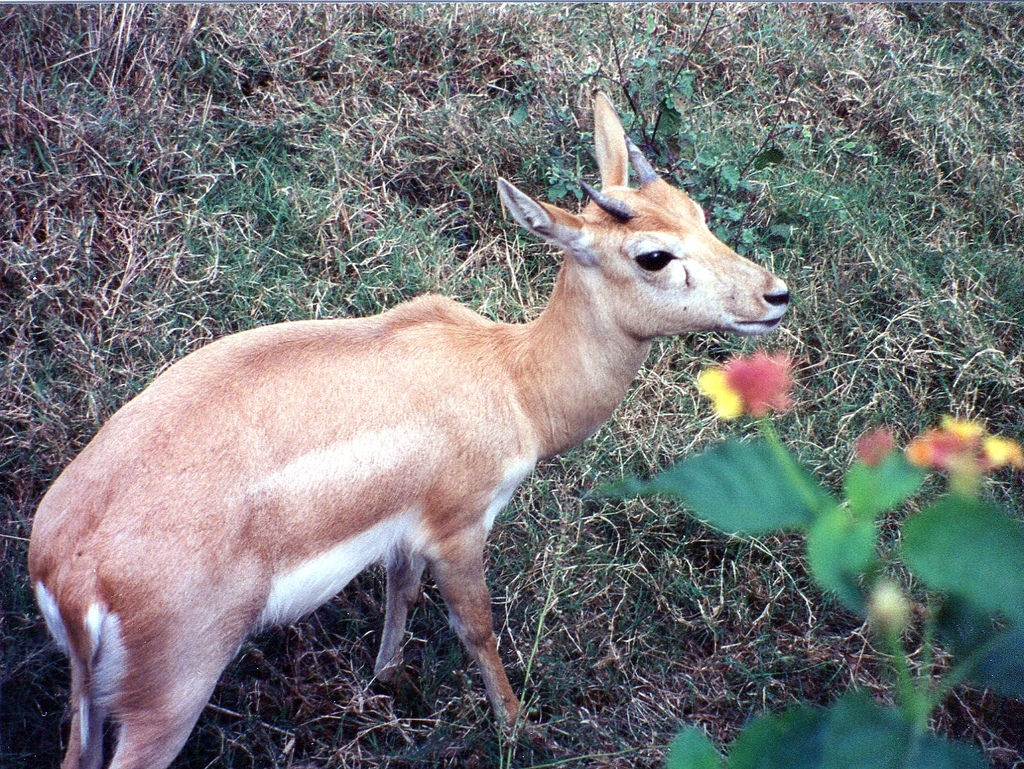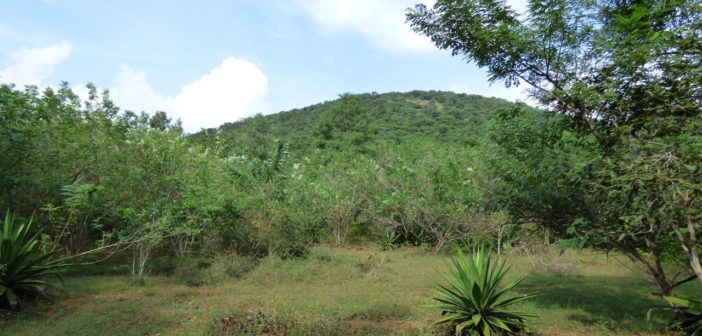Grasses are an essential part of a thriving ecosystem. There is a growing movement in India towards reinstating indigenous grasses that have been pushed out by invasive species. By cultivating native grasses, men and women of India give grazing animals safe food to eat, creating a positive impact which ripples throughout the food chain and environment.

Wild elephants grazing in Nagarhole National Park, Karnataka. Image credit Carlos Castillo, Flickr, CC BY-SA 2.0
The Threat
Native grasses of India, which are necessary for thriving ecosystems, are threatened by several factors. Human industry, over farming, and invasive species create conditions in which native grasses cannot flourish. An expanding human population leads to roads, buildings, and pollution, all of which are bad for grasses. Over farming takes away nutrients that grass needs to grow.
The third factor, invasive species, is a particular threat when human population expansion and over-farming have already affected an area. One tree that is a specific problem is the Prosopis juliflora, or “Baavlia,” an introduced species originating from Mexico.

Prosopis juliflora, an invasive plant species from the New World, in Maharashtra, India. Image credit Dinesh Valke, Flickr, CC BY-SA 2.0
Safe Grasses to Eat
Grasses are an important part of animals’ habitats in India. Central and western India contain savannas, grass-covered land with some tree cover as well. A large percentage of India was savanna before human industrialization changed the landscape in much of the country. For hundreds of species in India, the grass is a crucial element of their diets.
Large and small animals alike survive on grass. Elephants of the grasslands graze on Imperata cylindrica, Leersia hexandra, and other species of true grasses (known as Poaceae or Gramineae). Besides the elephant, large grazing animals like the gaur, rhino, and antelope also consume grasses as a main staple of their diets. Small animals such as insects also survive on grasses, and feed animals farther along the food chain, like birds.

Female blackbuck antelope. Image courtesy Kim Bartlett / Animal People, Inc.
The Men and Women Behind the Movement
Replanting and protecting native grasses in India is a collective effort. Organizations and individuals alike are working to put into place measures that protect the grasses from threats. Conservation India is one organization that is working to protect the savannas of India. Individuals such as Pradip Krishen also work to preserve the land. Pradip is a filmmaker, author, and activist who is restoring damaged land in the Pachmarhi ecosystem of Madhya Pradesh.
Edible grass is a vital part of the ecosystem. The native grasses in India are threatened by over farming and invasive species. Organizations and individuals work to protect the grasses so that the large and small animals that survive on the grass can thrive.

Caretaker of a sacred grove in Tamil Nadu, restored from farmland and repopulated with native flora thanks to the efforts of Nanditha Krishna and the C.P. Ramaswami Aiyar Foundation (photo courtesy Wolf Gordon Clifton / Animal People, Inc.)
Featured image: restored sacred grove in Tamil Nadu. Courtesy Wolf Gordon Clifton / Animal People, Inc.





